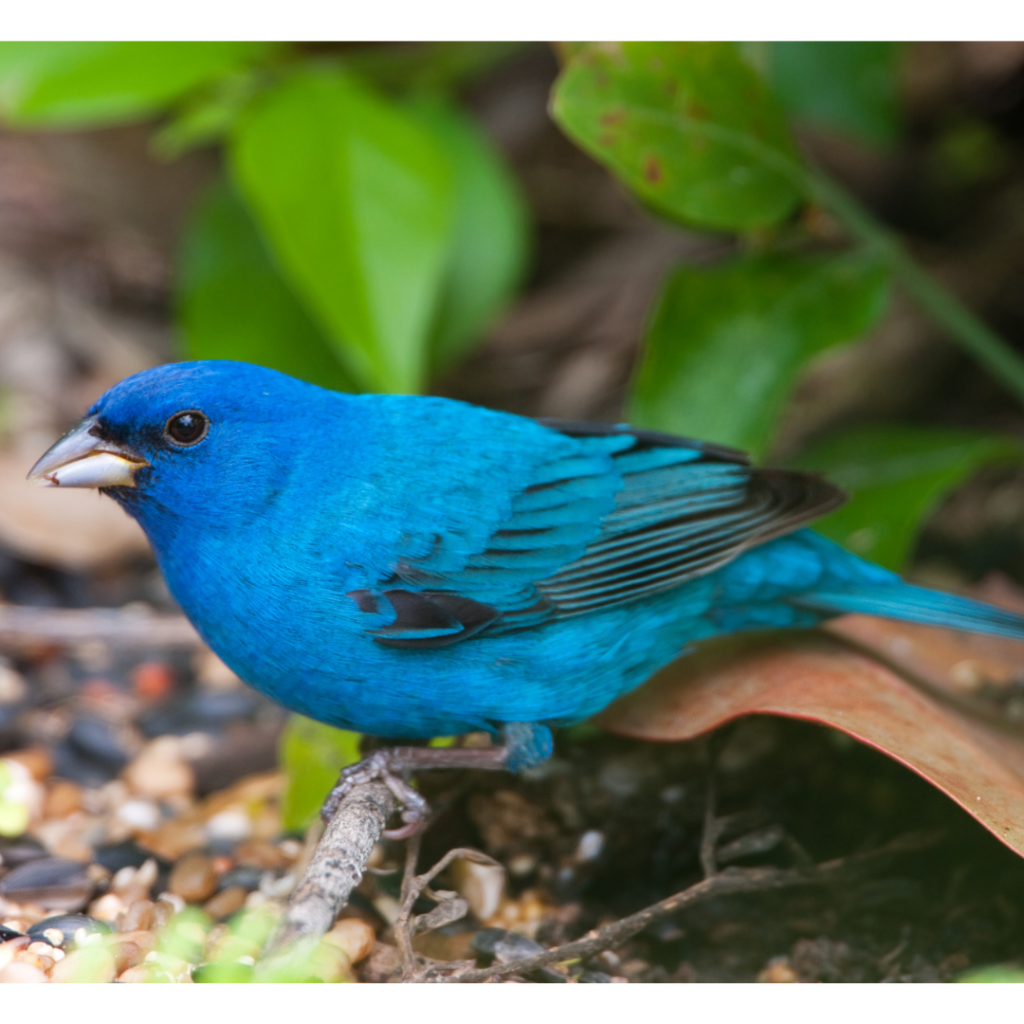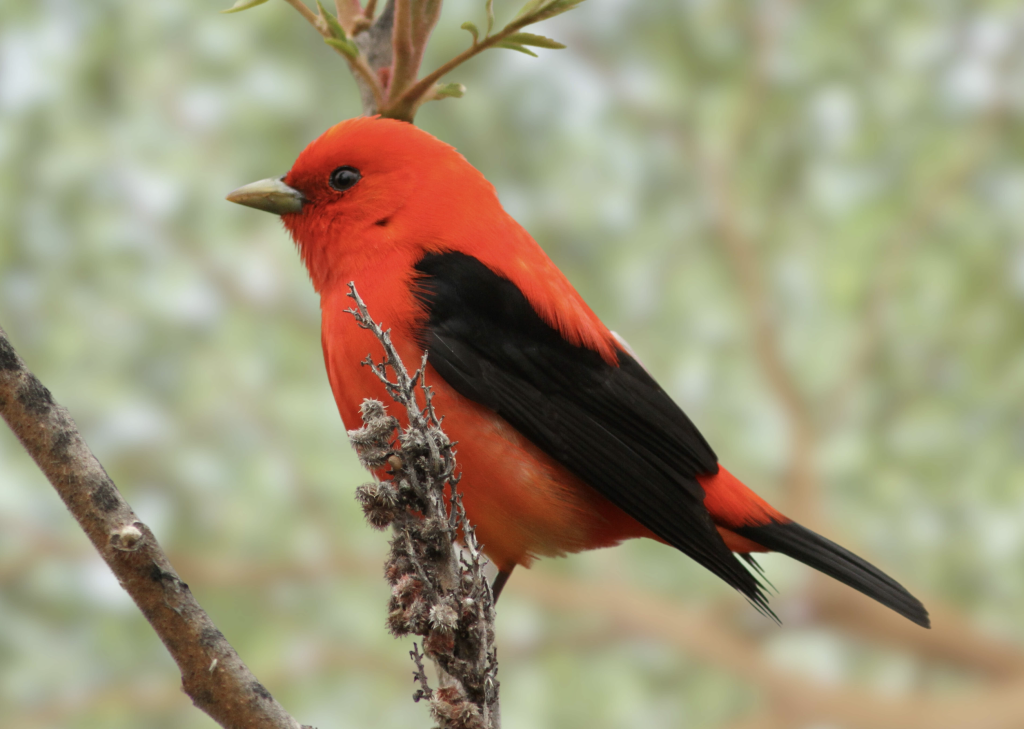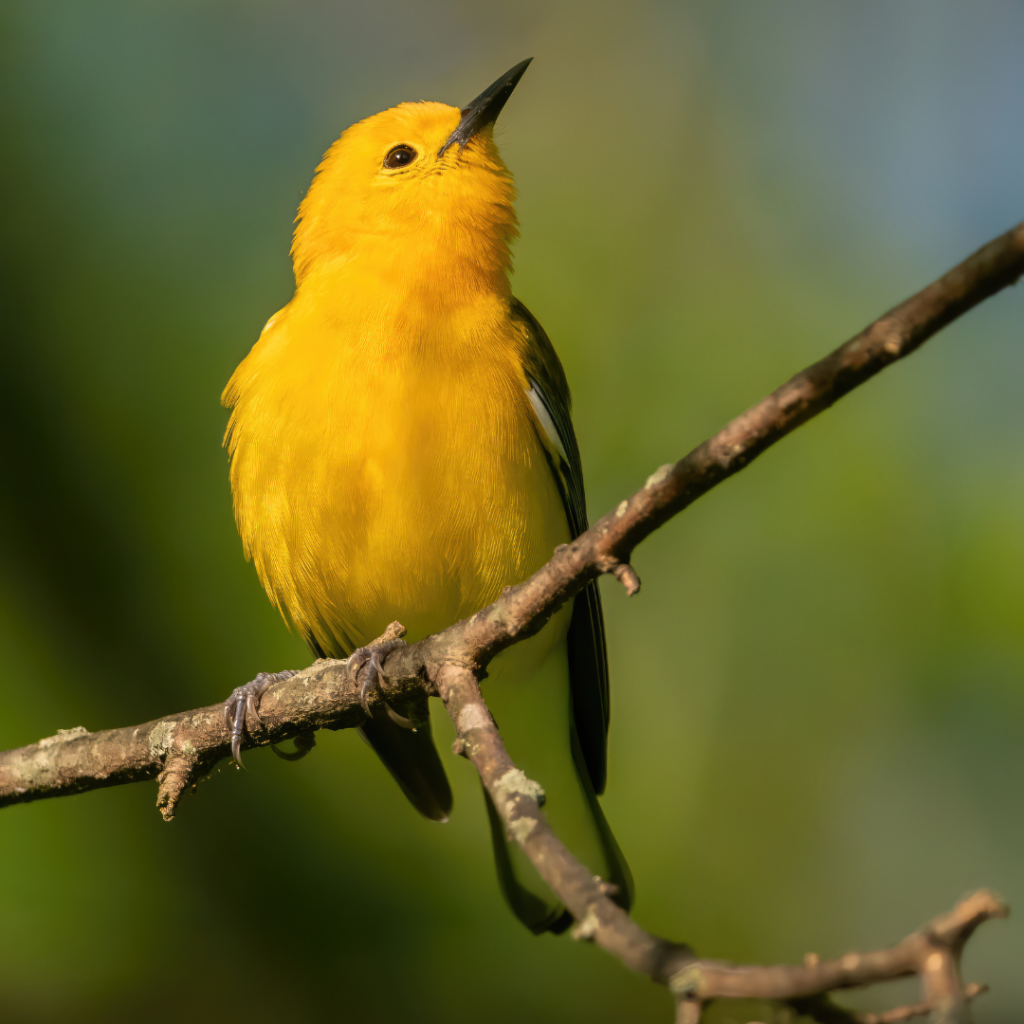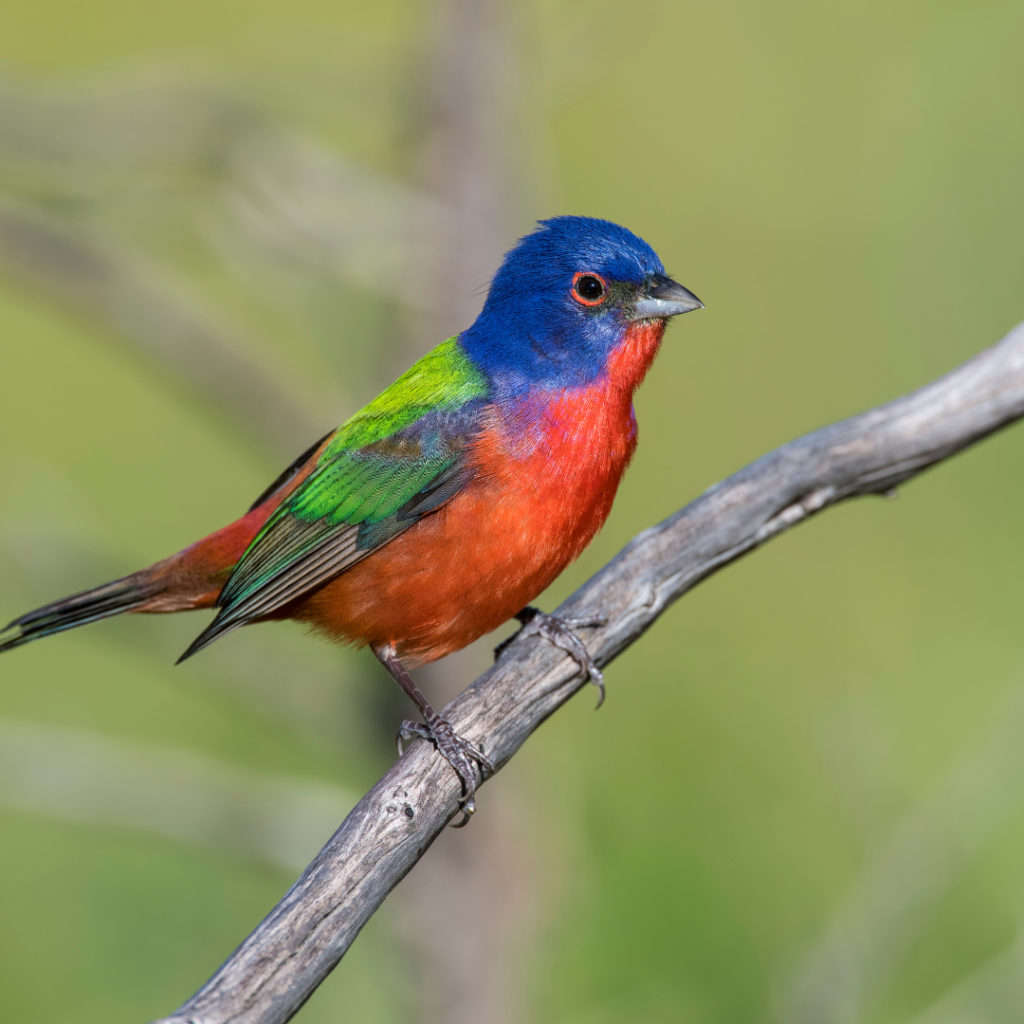The Louisiana Wildlife Federation (LWF) is calling upon residents and businesses throughout the state to join others in turning off bright or excess lighting from 11 p.m. until 6 a.m. each day between April 15 and May 31 to help protect the billions of migratory birds that fly through Louisiana at night during this period.
Louisiana sits within the Mississippi Flyway migratory path, with the state’s vast wetlands, forests, and coastline serving as critical stops along the birds’ migration routes. Twice a year, 325 bird species travel the Mississippi Flyway, including 40% of shorebirds. During the 2023 spring migration, an estimated 450 million birds migrated through the state of Louisiana. The majority of those birds migrate at night and typically start their nightly migration about 30 to 45 minutes post-sunset, with peak flights between 10 and 11 p.m.
While the dark skies allow the migratory birds to avoid predators, take advantage of calmer air and utilize the moon and stars for navigation, it also brings with it other dangers such as bright artificial lights and the skyglow from larger cities that can confuse the birds, often causing them to fatally collide into buildings or windows.
“Our city lights can misguide birds, diverting them off course with often dire consequences. This initiative is an easy yet impactful step in helping these birds continue their incredible journey,” said Rebecca Triche, executive director of LWF. “Louisiana is well-known for the populations of migratory birds we see here at different times of the year and people care about keeping wildlife sustainable. By supporting the Lights Out initiative, businesses and individuals can take a practical step to protect the birds that briefly call Louisiana home.”
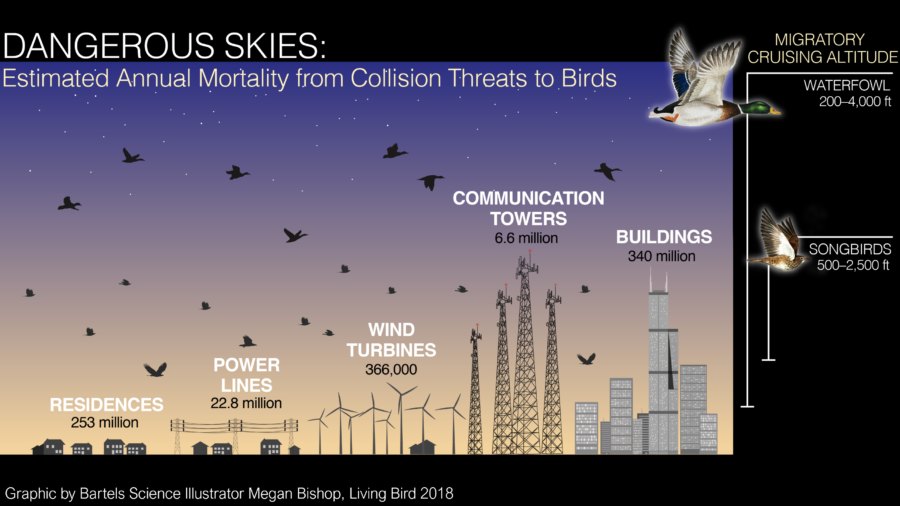
According to the National Audubon Society, which started the first Lights Out program in Chicago in 1999, just one building in a community with bright lights can cause major problems, citing a week in 2017 when nearly 400 birds were killed when they flew into windows of a 32-story Texas skyscraper because of its floodlights.
Dr. Dan Scheiman, Plants for Birds Program Manager for Audubon Delta, said, “Following that incident, the skyscraper in question joined many other buildings in Houston Audubon’s Lights Out for Birds Program, saving the lives of hundreds of thousands of birds. Each year in the United States an estimated 1 billion birds die by colliding with windows. This number is not sustainable. Every building, every Lights Out program helps reduce this threat to ensure the long-term health of our bird populations.”
Dr. Phil Stouffer, the Lee F. Mason Professor at the LSU School of Renewable Natural Resources, has been studying the problem on the LSU campus in Baton Rouge and leads the LSU Bird Window Collision Monitoring Project, which has been in place for five years. The group has recorded 569 dead birds of 75 species on the LSU campus.
“This is a problem that can be overcome,” Stouffer said. “Reducing illumination is one of the easiest approaches that we can all take. Dark skies also benefit other wildlife, and we humans might see a few more stars.”
At LWF’s February 2023 Board of Directors meeting, the organization passed a resolution requesting that “all public buildings observe ‘lights out’ as official policy of the State of Louisiana, City of Baton Rouge and other governmental entities.” The full resolution can be found at https://lawildlifefed.org/resolution/lights-out-to-save-migrating-birds/
Individuals and organizations wanting to join others in the Lights Out Initiative should follow these guidelines:
● Turn off non-essential lights nightly from 11:00 p.m. to 6:00 a.m. during the migration period.
● Avoid using landscape lighting on trees or gardens where birds may be resting.
● For essential security and safety lighting, use these dark skies-friendly lighting adjustments:
o Aim lights downwards.
o Use light shields to direct light downwards and prevent an upward glare.
o Use motion detectors and sensors so lights turn on when needed.
o Close blinds at night to limit the amount of light seen through windows.
● For building owners/managers:
o Adjust custodial schedules to be completed by 11:00 p.m.
o Ensure lights are turned off after custodial cleaning.
Additional Guidelines for Buildings Over 3 Stories:
● Dim or turn off:
o Exterior/decorative lighting.
o Lobby/atrium lights.
o Perimeter room lights on all levels.
o Floodlights.
o Lighting on interior plants/fountains.
o Lights on vacant floors.
o Lights with blue-rich white light emissions (over 3000 K in color temperature.)
● Instead use:
o Desk lamps or task lights instead of overhead lights.
o “warm-white” or filtered LEDs outdoors (less than 3000 K in color temperature.)
Migration routes, along with the timing of the flight, can vary from day to day due to a number of factors such as the weather conditions.
Individuals can monitor the bird migration in their area by using BirdCast, a migration dashboard provided by The Cornell Lab of Ornithology. Dashboards for Louisiana and selected cities are:
Louisiana – https://dashboard.birdcast.info/region/US-LA
Alexandria – https://dashboard.birdcast.info/region/US-LA-079
Baton Rouge – https://dashboard.birdcast.info/region/US-LA-033
Houma – https://dashboard.birdcast.info/region/US-LA-109
Lake Charles – https://dashboard.birdcast.info/region/US-LA-019
Lafayette – https://dashboard.birdcast.info/region/US-LA-055
Monroe – https://dashboard.birdcast.info/region/US-LA-073
New Orleans – https://dashboard.birdcast.info/region/US-LA-071
Shreveport – https://dashboard.birdcast.info/region/US-LA-017
